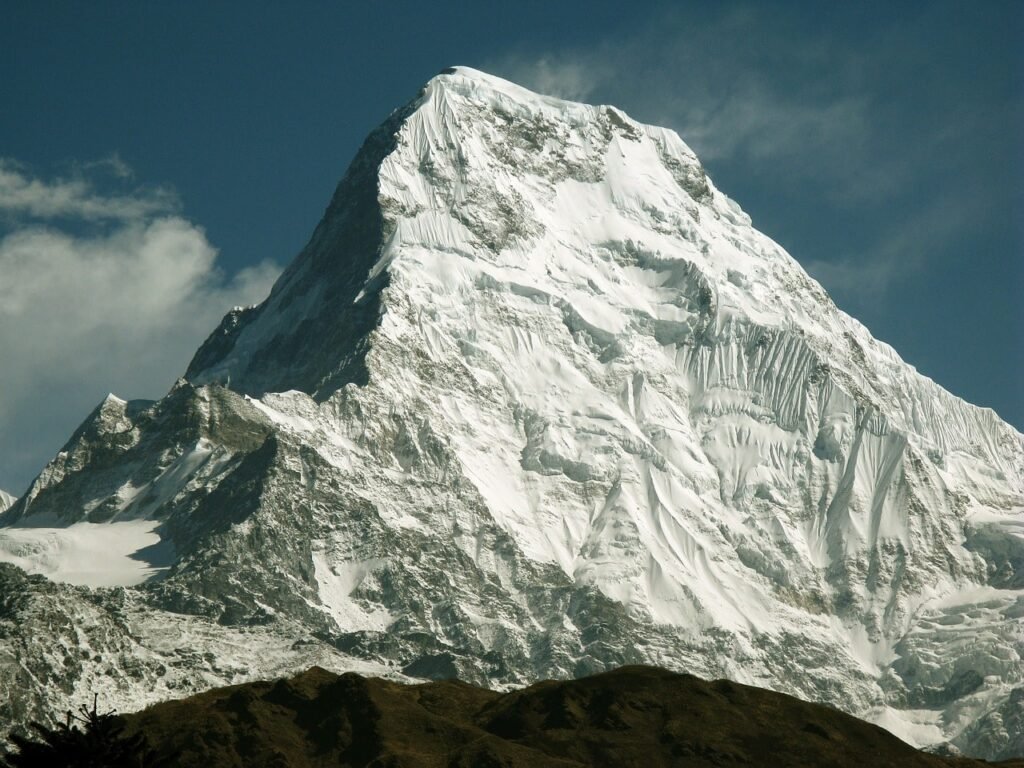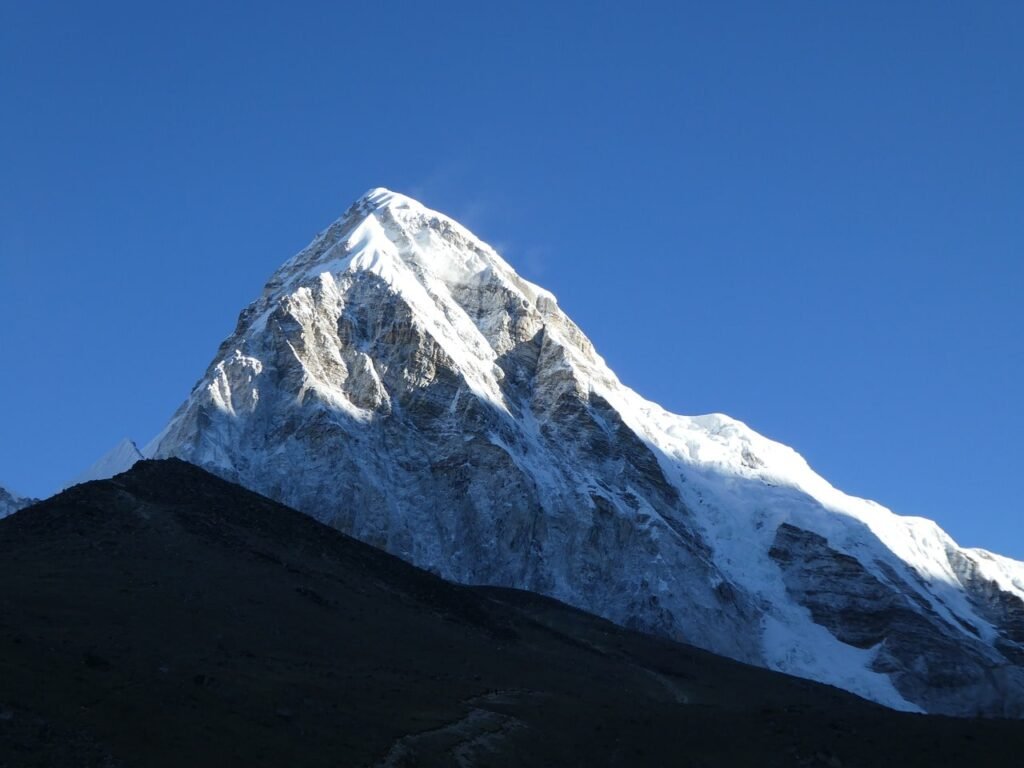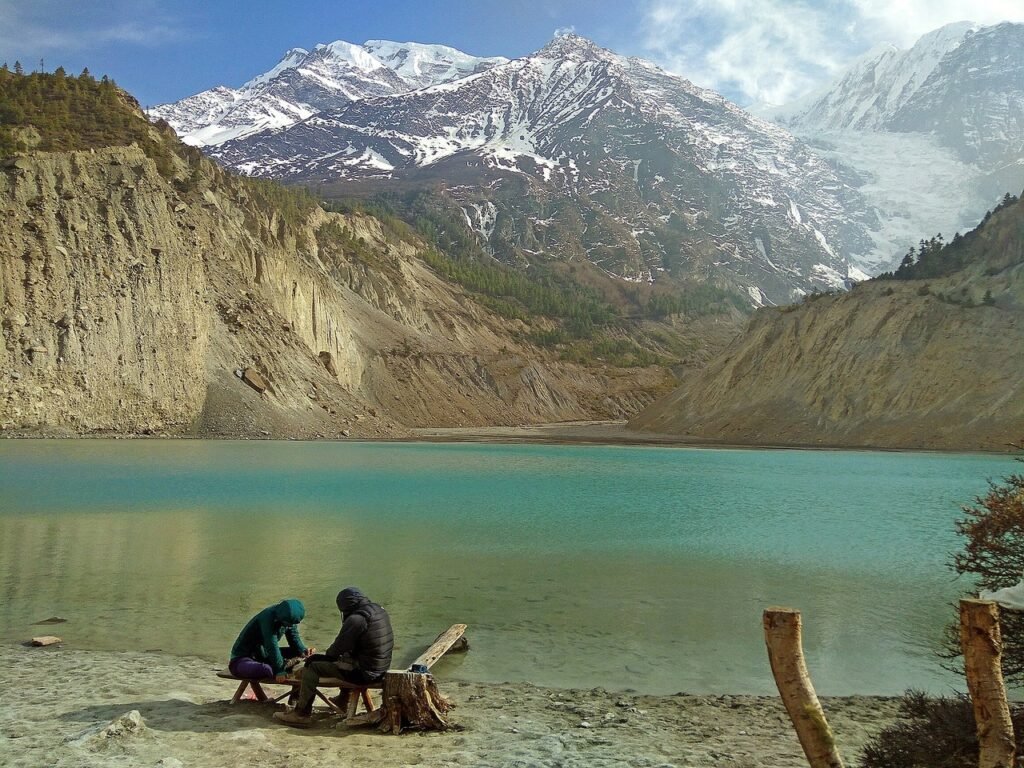Circuit trekking is one of the most fulfilling ways to experience the Himalayas, and Nepal stands out as the ultimate destination for this type of adventure. Unlike traditional in-and-out routes, a circuit trek follows a loop, allowing trekkers to start and finish at different locations while passing through a variety of landscapes, communities, and altitudes. This style of trekking not only enhances the scenic variety but also deepens your cultural immersion, making every day of the journey distinct and rewarding.
Nepal, the land of the Himalayas, is a dream destination for trekking enthusiasts from around the world. Among the various styles of trekking available, circuit treks are especially rewarding. These loop trails start and end at different points, allowing trekkers to cover various landscapes, ecosystems, and cultural experiences without retracing their steps. Whether you’re seeking high mountain passes, sacred alpine lakes, or remote villages steeped in ancient traditions, Nepal’s circuit treks offer an immersive journey into nature and culture.
From the classic Annapurna Circuit to the remote and spiritual Upper Mustang, there’s a trail for every level of trekker. Some are ideal for those looking for scenic diversity and comfortable infrastructure, while others are perfect for seasoned adventurers chasing off-the-beaten-path solitude. Below, we explore the best circuit treks in Nepal, highlighting what makes each route special and helping you choose the right one for your next Himalayan adventure.
Annapurna Circuit Trek
The Annapurna Circuit Trek has long been considered one of the best treks in the world—and for good reason. This legendary route takes you around the massive Annapurna range, exposing you to an ever-changing panorama of landscapes that shift from lush green valleys to stark alpine deserts.
Spanning roughly 160 to 230 kilometers, depending on your chosen route and transportation options, the trek typically takes 12 to 20 days. The journey begins in the subtropical region of Besisahar, where you walk through rice terraces, rhododendron forests, and charming Gurung villages. As you ascend, the scenery becomes increasingly dramatic, culminating in the challenging crossing of the Thorong La Pass at an altitude of 5,416 meters one of the highest trekking passes on Earth.

Highlights along the way include the picturesque village of Manang, the sacred pilgrimage site of Muktinath, and views of snow-covered giants like Annapurna I, Dhaulagiri, Machapuchare, and Tilicho Peak.
The Annapurna Circuit is also known for its excellent infrastructure, including teahouses, lodges, and accessibility to food and supplies, making it an ideal option for both experienced and first-time trekkers.
Best For: Trekkers seeking variety, comfort, and a well-developed trail
Difficulty: Moderate to strenuous
Duration: 12–20 days
Highest Point: Thorong La Pass (5,416m)
You can also do the Annapurna base camp via Ghorepani poon hill trek if you don’t want to do the circuit trekking or finding the easy trek.
Manaslu Circuit Trek
If you’re looking for a circuit trek that offers raw, untouched beauty and fewer crowds, the Manaslu Circuit Trek is a perfect choice. This trail loops around Mount Manaslu (8,163m), the eighth-highest mountain in the world, and lies in a restricted region that requires special permits and a licensed guide. As a result, the trail has remained relatively unspoiled, preserving both its natural and cultural allure.
The trek generally takes 14 to 18 days to complete and traverses dramatic terrain ranging from deep river gorges and waterfalls to high mountain passes and traditional Tibetan-influenced villages. You’ll pass through ancient settlements like Sama Gaun and Samdo, where the local lifestyle still reflects Buddhist traditions and high-altitude survival techniques.
The biggest challenge and highlight of this trek is crossing Larkya La Pass at 5,160 meters, which offers breathtaking views of Himlung Himal, Cheo Himal, and parts of the Annapurna range. The Manaslu Circuit trek provides a rich cultural experience with stunning backdrops, all without the commercial crowds of Annapurna or Everest. If you want to combine of the trek and do the Annapurna Manaslu Circuit Trek you can do that as well first you will trek to the Larkya la pass and after that descent to Dharapani and do your another trek to the Thorong la pass.
Best For: Trekkers seeking solitude and authentic local culture
Difficulty: Strenuous
Duration: 14–18 days
Highest Point: Larkya La Pass (5,160m)
Read More: Best Treks in Nepal
Everest Three Passes Trek
For the ultimate high-altitude adventure, the Everest Three Passes Trek offers an unmatched experience in terms of difficulty, scenery, and bragging rights. This circuit is not for the faint-hearted, as it includes three of the highest trekking passes in the Khumbu region: Renjo La (5,360m), Cho La (5,420m), and Kongma La (5,535m).
Usually completed in 18 to 22 days, this trek provides access to all the major highlights of the Everest region. You’ll visit Everest Base Camp, climb Kala Patthar for a panoramic view of Everest, and explore the stunning Gokyo Lakes, one of the most beautiful alpine lake systems in Nepal.
In addition to the jaw-dropping views of Everest, Lhotse, Makalu, and Nuptse, you’ll immerse yourself in the rich Sherpa culture, visiting ancient monasteries and remote villages that have supported mountaineers for generations. Due to the altitude and steep ascents, this trek is best suited for well-acclimatized and physically fit trekkers with prior high-altitude experience.

Best For: Experienced trekkers seeking a physically demanding, high-reward trek
Difficulty: Very strenuous
Duration: 18–22 days
Highest Point: Kongma La Pass (5,535m)
Langtang – Gosainkunda – Helambu Circuit
If you’re short on time but still want an immersive trekking experience with cultural insights and natural beauty, the Langtang – Gosainkunda – Helambu Circuit offers a perfect mid-length option. Located just north of Kathmandu, this trail can be completed in about 12 to 16 days and offers a peaceful, less-commercialized alternative to the more famous trekking regions.
The journey begins in Syabrubesi and ascends through the Langtang Valley, where you’ll witness the rebuilding efforts of villages like Kyanjin Gompa, which were heavily impacted by the 2015 earthquake. Further along, the trail leads to the sacred Gosainkunda Lakes, a pilgrimage site revered by both Hindus and Buddhists. Crossing the Lauribina La Pass (4,610m), you’ll descend into the culturally rich Helambu region, known for its Tamang and Hyolmo communities.
This circuit combines spirituality, biodiversity, and cultural encounters—ideal for trekkers who want a rewarding journey close to the capital without extremely high altitudes.
Best For: Moderate trekkers wanting culture, nature, and accessibility
Difficulty: Moderate
Duration: 12–16 days
Highest Point: Lauribina La Pass (4,610m)
Upper Mustang Circuit Trek
Trekking in Upper Mustang is like walking through a living museum. Once part of the ancient Kingdom of Lo, this region remained closed to foreigners until 1992 and still requires a special permit. The landscape here is stark and otherworldly more reminiscent of Tibet than Nepal, with desert canyons, eroded cliffs, and ancient caves carved into the rock.
The trek typically takes 12 to 14 days, starting from Jomsom and leading you deep into Mustang’s hidden valleys.

The crown jewel of the trek is Lo Manthang, the ancient walled capital where whitewashed buildings, prayer wheels, and centuries-old monasteries bring history to life. This region is in the rain shadow of the Himalayas, making it an excellent destination for monsoon trekking (June–September).
Upper Mustang is one of the best cultural circuit treks in Nepal, offering rare insight into Tibetan Buddhism, traditional lifestyles, and architecture that has remained unchanged for centuries.
Best For: Cultural explorers and monsoon trekkers
Difficulty: Moderate
Duration: 12–14 days
Highest Point: Lo La Pass (3,950m)
How to Choose the Best Circuit Trek in Nepal for You
With so many incredible circuit treks to choose from, how do you decide which is best for you? It all depends on your trekking goals, physical condition, time frame, and interest in culture versus scenery.
- For scenic diversity and a time-tested experience, choose the Annapurna Circuit.
- For solitude and untouched culture, the Manaslu Circuit is your best bet.
- For high-altitude thrill seekers, the Everest Three Passes trek offers unbeatable views and physical challenges.
- For a shorter yet spiritual and cultural trek, go for the Langtang–Gosainkunda–Helambu loop.
- For unique landscapes and deep cultural immersion, explore the Upper Mustang Circuit.
Regardless of your choice, the best times to trek are typically spring (March to May) and autumn (September to November) when the skies are clear, the weather is stable, and the trails are at their most beautiful.
Summary
Nepal’s circuit treks go beyond the physical journey—they are soulful experiences that connect you to ancient cultures, dramatic landscapes, and the inner strength you discover step by step. Whether you’re a first-time trekker or a seasoned Himalayan explorer, there’s a circuit trek in Nepal that will leave you inspired for a lifetime.
Are you ready to lace up your boots and complete a loop of a lifetime?
Business
Circuit trekking in Nepal sounds like an incredible adventure! The idea of exploring diverse landscapes, from subtropical regions to high mountain passes, is truly captivating. I love how this style of trekking allows for a deeper cultural immersion, connecting with local communities along the way. The Annapurna Circuit, in particular, seems like a perfect blend of challenge and beauty. I’m curious, though, how do you prepare for the altitude changes, especially when crossing something as high as the Thorong La Pass? Also, what’s the best time of year to embark on such a trek to avoid extreme weather? I’d love to hear more about your personal experiences or tips for someone considering this journey. Would you recommend it for someone who’s never trekked in the Himalayas before?